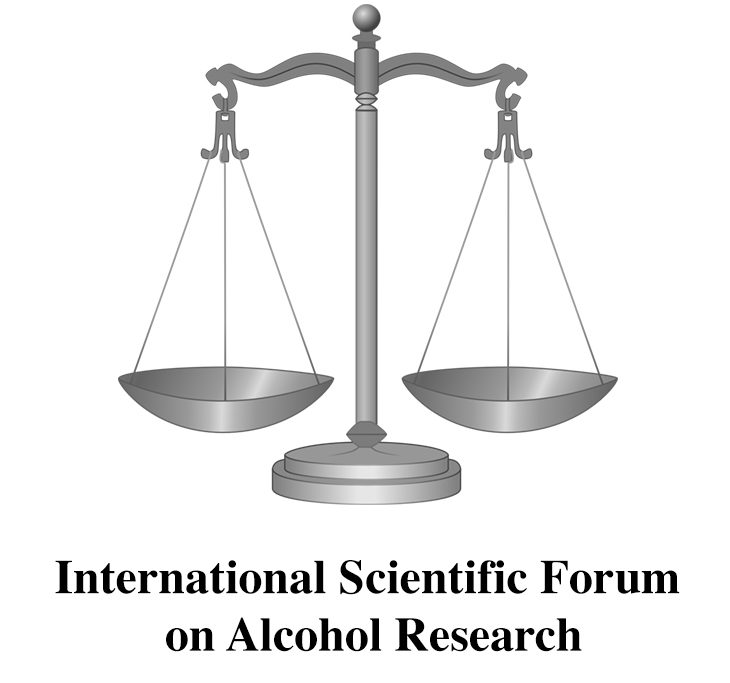Effects of Alcohol Drinking on Other Diseases
Effects of Alcohol Drinking on Other Diseases
Critique021 . Alcohol consumption affects risk of cataracts. 25 October 2010
Reference: Kanthan GL, Mitchell P, Burlutsky G, Wang JJ. Alcohol Consumption and the Long-Term Incidence of Cataract and Cataract Surgery: The Blue Mountains Study. Am J Ophthalmol 2010;150:434–440.
A population-based prospective study from Australia utilized repeated lens photographs over a period of 5 to 10 years to diagnose cataracts among more than 2,500 subjects. The investigators related the risk of their development, and the risk of cataract surgery, to the reported alcohol intake of subjects. Previous research has provided some biological mechanisms that make an association between alcohol and cataracts plausible.
Overall, the present study showed few statistically significant relations between alcohol and cataracts, although adjusted results suggested a “U-shaped” association between total alcohol intake and development of cataracts (a lower risk for moderate drinkers, higher risk for both abstainers and heavier drinkers). The U-shaped association with alcohol consumption was stronger for the risk of cataract surgery. These results are consistent with previous cohort studies. On inspection of the data presented, the potential reduction in risk of cataract was primarily for wine and beer. While some types of cataract may be reduced by moderate drinking, larger intake of alcohol may be associated with increased risk.
Critique 005. Alcohol in young women may increase their risk of benign breast disease.
27 May 2010
Reference: Berkey CS; Willett WC; Lindsay Frazier A; Rosner B; Colditz GA; Rockett RH; Helaine RM. Prospective study of adolescent alcohol consumption and risk of benign breast disease in young women. Pediatrics 2010;125:e1081-e1087.
Among more than 6,000 young women being followed in a longitudinal study, 67 confirmed cases of benign breast disease (BBD) were diagnosed. Alcohol consumption was reported on 57 women who developed BBD when they were 16 – 23 years of age, with all but 8 subjects being 18 or older when they reported alcohol intake, and no data were presented on potential exposures earlier following menarche. A significant increase in the risk of BBD was associated with alcohol intake, although many key factors that have been shown to relate to BBD were not reported in the paper. Hence, while the number of cases is small, and a number of potential risk factors are not included, this study suggests that BBD may be increased by alcohol consumption in young women.
Proudly powered by WordPress. Theme by Infigo Software.
